NSW cladding crisis: Dozens of public buildings at risk of combustible material
Investigations have uncovered a long list of public buildings contain potentially combustible cladding across the state, with NSW Government sources revealing Property NSW, Health Department contain majority of high-risk cases.
- Statewide Flammable cladding crisis: More than 1400 buildings combustible
- Owners in dispute with ‘viral’ developer over cladding fears
- Residents in dark over 63 potential fire-risk buildings
- The major concerns for Sydney’s future revealed
Dozens of public buildings — including hospitals housing some of the state’s most vulnerable — have been pinpointed as containing potentially combustible cladding by the NSW Government Taskforce set up to battle the state’s building crisis.
The Saturday Telegraph can reveal a total of 63 government buildings have been called into question by the NSW Cladding Taskforce.
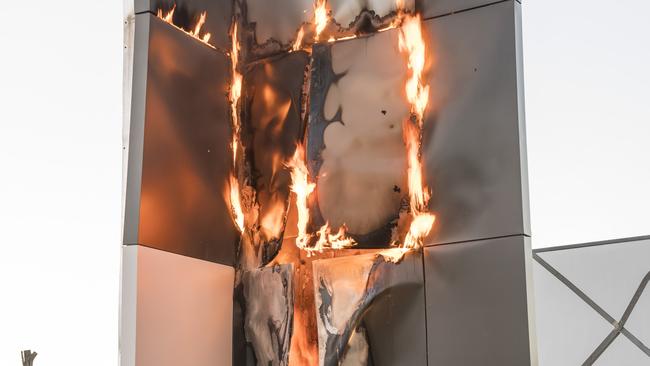
A senior government source said 14 buildings within the Property NSW Portfolio were deemed “high-risk” of containing the dangerous materials and required further attention.
“Those 14 buildings are leased to other tenants rather than government agencies,” the source said.
The government taskforce has already overseen the removal of suspect cladding from six buildings including Queanbeyan Hospital in the state’s south.
Urgent rectification works were carried out at Auburn train station earlier this year after potentially combustible cladding was found on the station’s lift shaft.
Suspect cladding was also removed from Oatley train station.
A NSW Cladding Taskforce spokesman revealed three more public buildings had received remediation, while “a further eight have recently been deemed to only require very minor works to be compliant”.
“That leaves 49 buildings requiring either further assessment, undergoing remediation or needing to undergo remediation,” the spokesman said.
“Fire and Rescue NSW have strengthened emergency response plans and procedures in relation to all of the buildings to mitigate any increased risk that may be present prior any remediation that may be required.”
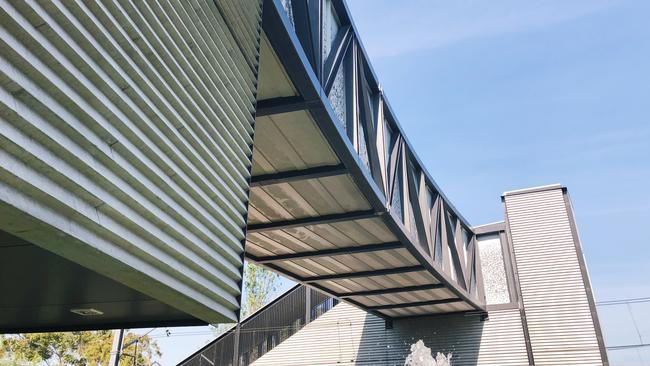
A cladding taskforce spokesman refused to reveal the locations of public buildings, claiming it would “create unfounded and unnecessary concern”.
The long list of public buildings identified by the government comes after the Saturday Telegraph uncovered almost 1500 buildings in 26 local government areas across NSW have been identified to potentially contain combustible cladding in the past 12 months.
Cladding specialist Daron Hodder said NSW and Victoria were both “basket cases” when it came to the use of potentially combustible materials by developers.
“I conduct replacement and remediation of buildings with cladding and the cost varies on the size and scale of the project, as well as access to the site,” he said.
“Remediation costs across NSW could be as high as $2.5 billion to resolve.”
A NSW Health spokesman told the Saturday Telegraph it has reviewed a total of 4621 individual buildings at public hospital sites across NSW to identify the use of Aluminium Composite Panel Cladding (ACP).
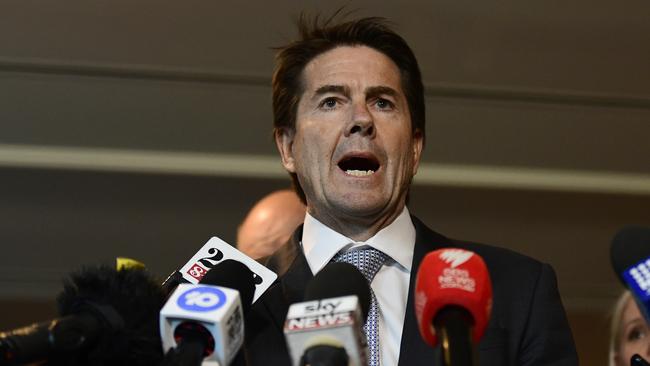
The aluminium-based cladding is similar to the materials responsible for accelerating the 2017 Grenfell Tower inferno — which killed 72 people and hospitalised a further 74.
The taskforce also reviewed buildings with Expanded Polystyrene Cladding (EPS) at all facilities on the NSW Health asset register.
“The review found buildings at only five hospital sites where all ACP cladding needed to be removed,” the spokesman said. “Work to remove cladding from four of these buildings is now complete.
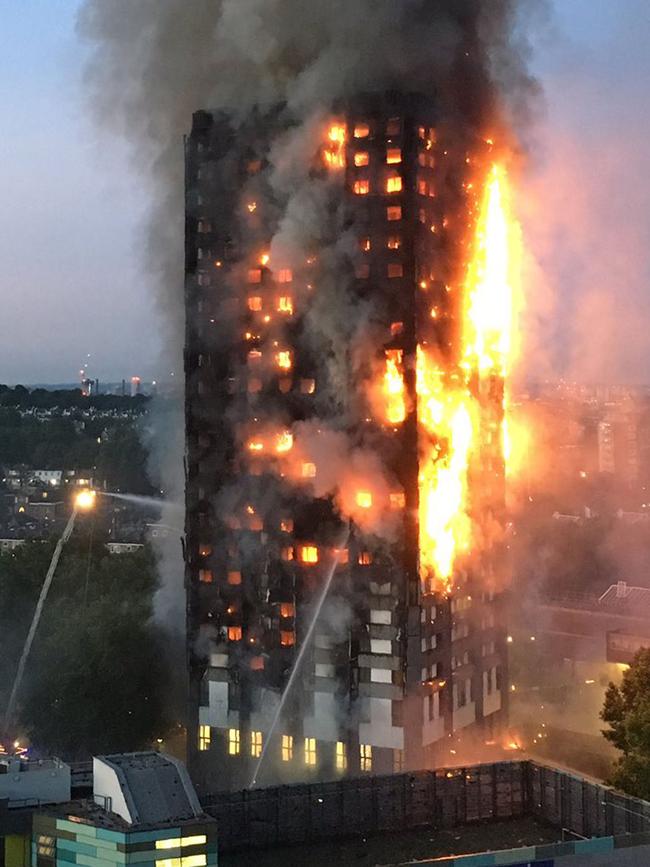

“The fifth building is expected to be complete by June 2020 and interim fire-safety measures are in place until the work can be completed.”
During the joint NSW Health and Cladding Taskforce investigation EPS Cladding was identified on two further buildings, with the taskforce undertaking assessment of the scope of remediation, which “is expected to be completed by the end of this year”.
Previous investigations also found eight NSW Health buildings were identified as having ACP cladding in high-risk areas, with NSW Health assuring the Saturday Telegraph remediation work for all of high-risk sites was now complete.
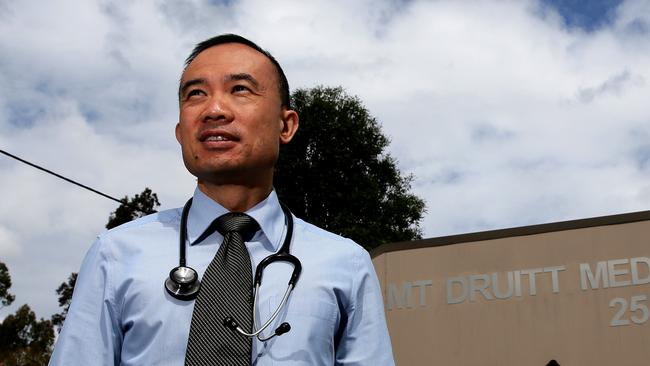
NSW Australian Medical Association president Dr Kean-Seng Lim said the safety of staff and patients at state-run facilities was paramount.
“The association would like to see the government take all measures necessary to ensure the safety of staff and patients,” he said. “And this should occur in a timely fashion.”
A NSW Nurses and Midwives Association spokeswoman revealed it has had no formal consultation regarding the remediation works process, “apart from being aware a process is underway”.
No buildings have been identified from departments including education, family and community services, Service NSW shopfronts, treasury or premier and cabinet.



